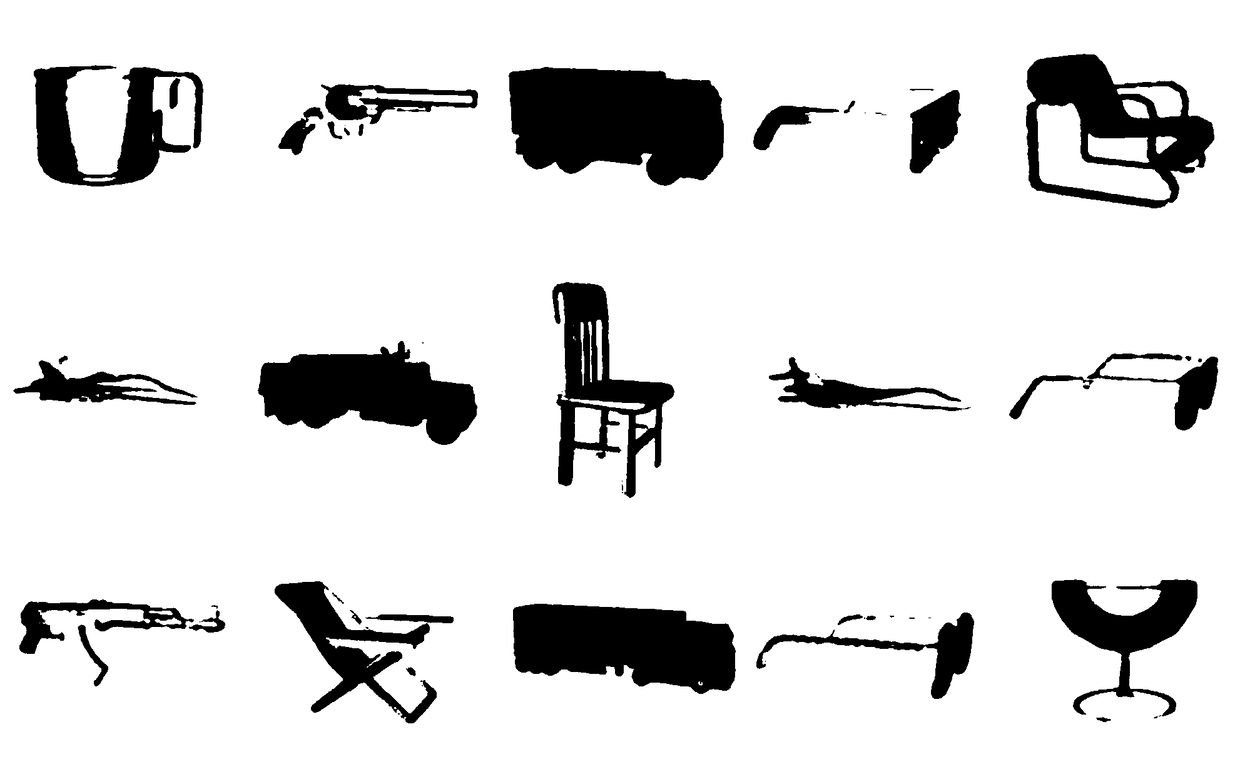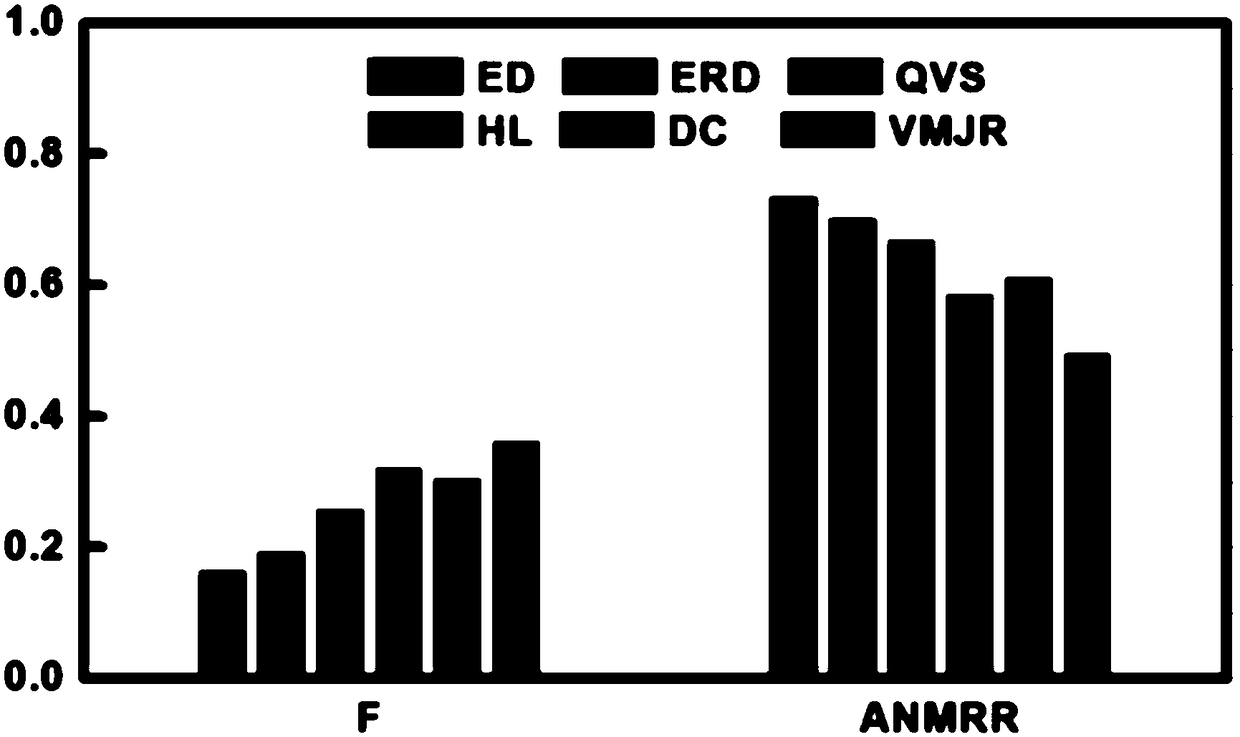Learning-based similarity measurement method
A similarity measurement and correlation technology, applied in the field of learning-based similarity measurement, can solve the problem that the model-based method cannot work, and achieve scientific and accurate, comprehensive description, and increase flexibility and stability. Effect
- Summary
- Abstract
- Description
- Claims
- Application Information
AI Technical Summary
Problems solved by technology
Method used
Image
Examples
Embodiment 1
[0073] The most important part of the learning-based similarity measurement method is to extract two different relationship graphs of the model in the early stage, namely the view-based hypergraph and the model-based graph. For the view of the model, through HAC [11] (HAC is a kind of hierarchical clustering method, and its basic idea is: treat a single document as a different class, and then use different methods to merge it, so that the number of classes gradually decreases, until finally it is a class or clustered to all number of classes required) to build view clusters, and establish a view-based hypergraph according to the view clusters; for model data, use the spatial structure circular descriptor SSCD [12] (In SSCD, the spatial structure of the 3D model is described by a 2D image, and the attribute value of each pixel represents 3D spatial information, SSCD can preserve the global spatial structure of the 3D model with rotation and scaling invariance) The method extract...
Embodiment 2
[0094] Combined with the specific calculation formula, figure 1 , figure 2 The scheme in Example 1 is further introduced, see the following description for details:
[0095] Use O={O1 ,O 2 ,...,O n} represents n solid models, and V i ={v i1 ,v i2 ,...,v im} represents multiple views of the i-th stereoscopic model, from which a representative view is selected, assuming that the selected representative view is V i ={v i1 ,v i2 ,...,v im}, and then use the star expansion to construct the hypergraph of the stereo model, denoted as G H =(V H ,E H ,W H ); where V represents the vertex, E represents the edge, W is the weight of the edge E, and H is the incidence matrix.
[0096] Assume n stereo models have a total of n r representative views, first calculate the distance based on Zernike moment between every two representative views, and generate the top K nearest views for each representative view, the value of K is set to 10 in the embodiment of the present inventio...
Embodiment 3
[0127] Below in conjunction with specific example, the scheme in embodiment 1 and 2 is carried out feasibility verification, see the following description for details:
[0128] The database in the embodiment of the present invention is a database based on NTU and PSB [7] to carry out. These three-dimensional models are drawn by the staff through three-dimensional model processing software such as 3DMax or collected from websites with different domain names. The three-dimensional model database has different storage formats including *.obj and *.off formats. In this experimental design The representative NTU549 database is used, which contains a total of 549 three-dimensional models of 47 categories, the PSB database contains 161 categories, a total of 1814 three-dimensional models, and the SHREC database contains 40 categories, a total of more than 800 three-dimensional models. Some models used in the embodiment of the present invention are as attached figure 2 As shown, th...
PUM
 Login to View More
Login to View More Abstract
Description
Claims
Application Information
 Login to View More
Login to View More - R&D
- Intellectual Property
- Life Sciences
- Materials
- Tech Scout
- Unparalleled Data Quality
- Higher Quality Content
- 60% Fewer Hallucinations
Browse by: Latest US Patents, China's latest patents, Technical Efficacy Thesaurus, Application Domain, Technology Topic, Popular Technical Reports.
© 2025 PatSnap. All rights reserved.Legal|Privacy policy|Modern Slavery Act Transparency Statement|Sitemap|About US| Contact US: help@patsnap.com



